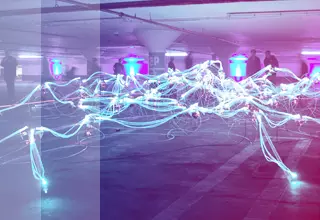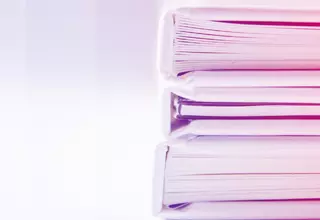The upcoming trial of Getty Images v. Stability AI scheduled for this month provides a unique perspective on how this exemption may be evaluated in an AI context. It also raises significant questions regarding the future of copyright protection, artistic style, and machine-generated creativity.
What is “pastiche”?
While often associated with humorous or respectful imitation, “pastiche” has a more nuanced legal meaning. As clarified by the European Court of Justice in Pelham GmbH v Hütter, the concept encompasses the imitation of another work’s style or a creative blend (or medley) of existing works, provided it is “noticeably different” from the original. UK case law has added that pastiche can include mash-ups, fan fiction, sampling, or stylistic imitation without necessarily reproducing the original elements.
Codified in section 30A of the Copyright, Designs and Patents Act 1988 (CDPA)(introduced in 2014), the pastiche exemption allows use of a work without infringement if it meets this stylistic imitation threshold. However, the law is unsettled. Recent IPEC and High Court decisions such as Shazam v Only Fools The Dining Experience Ltd and Samherji HF v Fridriksson suggest that pastiche must not only mimic style but also diverge substantially in expression and potentially include humour or critique.
Getty v Stability AI: Reframing the debate
The 2023 case of Getty Images (US) Inc and Others v Stability AI has sharpened focus on how AI intersects with this exemption. Getty alleges that Stability AI unlawfully used millions of its copyrighted images scraped from Getty’s platforms to train its generative model, Stable Diffusion, without consent or attribution.
Getty contends that:
- The AI model was trained on visual assets and associated metadata (e.g., captions, keywords) sourced directly from its websites.
- This training constituted infringement under UK copyright law.
- The output generated by Stable Diffusion, even if “inspired by” rather than identical to the originals, reproduces a substantial part of Getty’s copyrighted works.
- The availability of Stable Diffusion in the UK constitutes a ‘communication to the public’, an infringing act prohibited under the CDPA.
In response, Stability AI sought reverse summary judgment, arguing that:
- The training occurred outside UK jurisdiction (notably Germany), and;
- The CDPA’s reference to “articles” (in the context of secondary infringement) applies only to tangible objects — not to digital data or AI training sets.
The High Court rejected both grounds, affirming that the facts merit full exploration at trial, particularly regarding how and where training occurred.
Will the pastiche exemption be raised as a defence?
Though not yet formally argued, speculation is growing that Stability AI might invoke the pastiche exemption. The rationale? AI-generated outputs often stylistically imitate training data, potentially aligning with the exemption’s definition. Moreover, user prompts can influence the output such that the end result is transformed, at least superficially, from the original source material.
This raises a series of pivotal questions for practitioners:
- Can machine-generated imitations qualify as pastiche when the "creator" is an algorithm?
- Does the exemption apply to training inputs, outputs, or both?
- How will courts assess “noticeable difference” and artistic expression in the absence of human intent?
A precedent in the making
For UK IP lawyers advising clients in tech, creative industries, or platform governance, the implications are profound. If the courts endorse a broad interpretation of pastiche to include AI outputs, this could reshape copyright enforcement strategies, and licensing models, overnight.
Equally, the judiciary will need to tread carefully. A permissive interpretation could undermine the value of licensed content, particularly for photographers, illustrators, and media archives whose works are vulnerable to mass scraping.
Key takeaways for practitioners
- Watch this case closely: The Stability AI litigation could yield landmark judicial interpretation of how UK copyright law, and the pastiche exemption, applies to AI.
- Audit AI usage and data sourcing: Clients using or developing generative models should assess their compliance with copyright law and potential reliance on fair dealing exemptions.
- Revisit licensing frameworks: The case highlights the importance of robust terms prohibiting scraping and automated reuse, and the value of digital watermarking and metadata protections.
- Expect regulatory reform: With public pressure mounting from artists and publishers, legislative reform in this area is likely. This case may influence future statutory updates or regulatory guidance.
Whether or not Stability AI ultimately relies on the pastiche exemption, its litigation with Getty Images may mark a turning point in UK copyright law. For intellectual property lawyers, it is a powerful reminder that exemptions like pastiche, once considered fringe, may soon take centre stage in defining the limits of copyright in the algorithmic age.
Co-authored by Carmelina Hanson and Adrianna Zawilska














